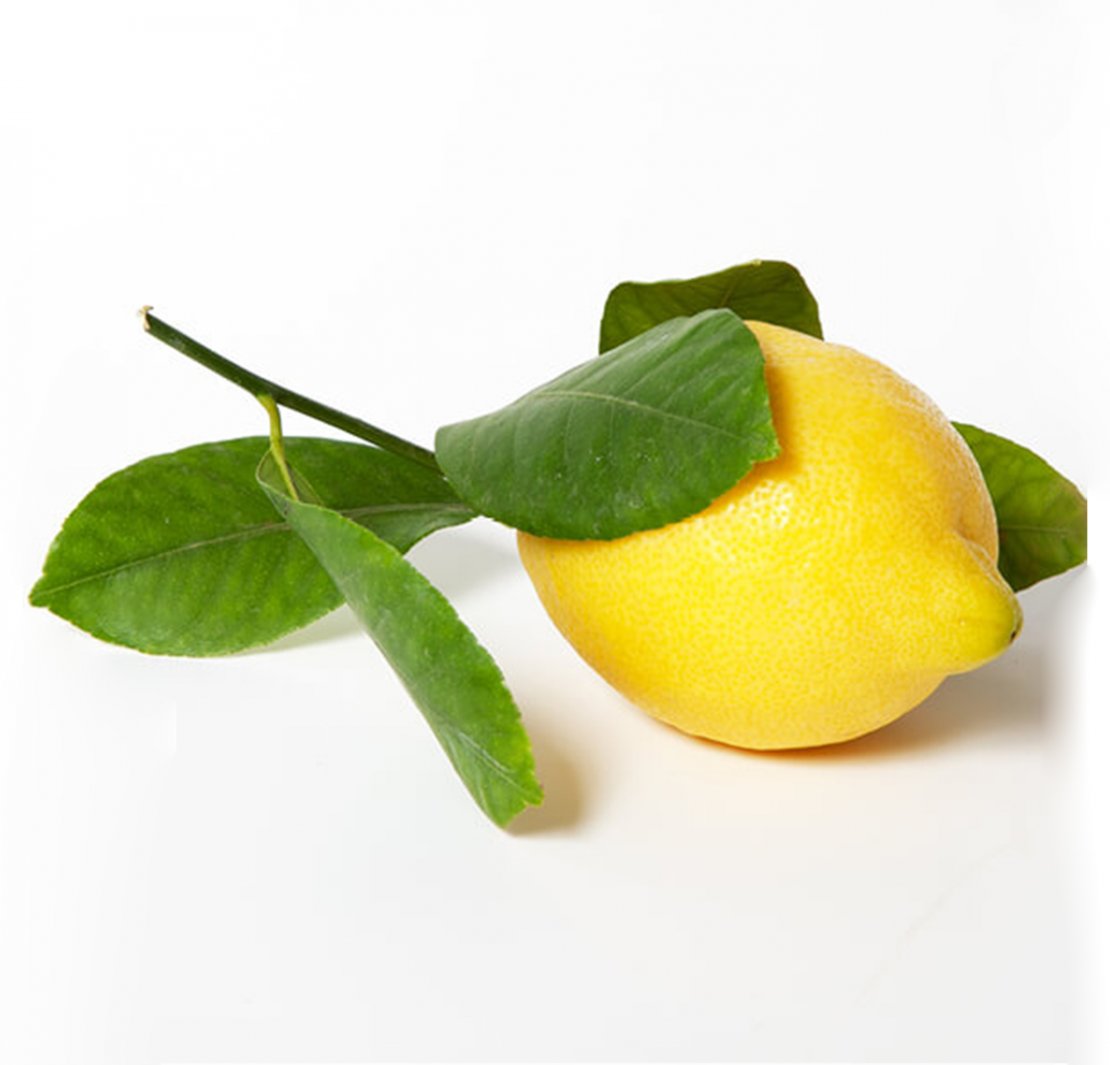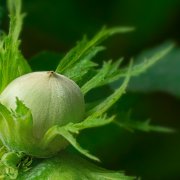Caution, addictive potential
It started, of all places, in the quarantine of the
Corona shutdowns: the discovery of natural lemon.
The aroma and usability of natural lemons are
Worlds away from what you usually find lemons at the
Purchase times quickly packaged on the net takes.
The recipe from the very likeable Argentine three-star chef Mauro Colagreco, who was in the video in his sun-drenched kitchen and vegetable garden in France, sounded straightforward and appropriate for the season: a salad of kohlrabi and turnips, topped with smoked salmon and dill with a lemon vinaigrette.
Seen, ingredients bought, dressed. It tasted so good that the salad was fresh on the table again the next week. But, this time the dish tasted completely different.
The difference: the first time the lemon was a natural lemon from France, the second time a natural lemon from the Amalfi Coast. While the lemon from France brought sharpness and herbal aroma, the identical salad with lemon from the Amalfi Coast was sweet, mild.

Studying the recipe video more carefully, I would have noticed the crucial word menton lemon. The town of Menton, on the Mediterranean coast of France, is proud of the lemons grown there. The chef, who lives and works in Menton, used (of course) a Menton lemon from his own citrus grove.
A new passion
If before I was just happy to have found natural lemons from organic cultivation for the Gin&Tonic, I now began to look with interest at the small label that is attached to some natural lemons or to ask the seller where exactly the natural lemon comes from that he offers in his store or at the market stall.
Had I sometimes thought “Proud price for two lemons whose peel looks thick and knobbly”, today I apologize for this ignorance.
Because the misshapen lemons, mostly from the Mediterranean coast, represent one of the most interesting types of lemons. They often come from Italy’s Amalfi Coast, where they are grown by hand on steep, terraced hillsides. The work in such a lemon grove is hard and the usual risks of agriculture, such as massive storms, hail or frost, can undo in one day the work of months or years.
Basically, it’s a small miracle to be able to hold these lemons, in whose cultivation so much effort and hard work goes into, in your hand at all. The peel, pulp and juice of the Sfusato Amalfitano taste great. It is worth to consciously enjoy the whole lemon. The essential oils of lemon peel exude an intoxicating fragrance from the very first cut into the peel, carrying thoughts to a land where lemons bloom.
Limoncello liqueur is made from the peel of Amalfi lemons. What a difference from the “normal” lemons on the net, where after squeezing you first have to laboriously wash the wax and the preservatives sprayed on it from your hands.
Beguiling aroma
The elegant file for rubbing the lemon peel is the new favorite instrument of GloriousMe. Natural organic lemons usually do not look flawless and the juice yield is somewhat lower compared to perfect-looking sprayed lemons, thin-walled lemons whose skin is also often covered with a layer of wax,
Fragrance emitted by the essential oils of the peel of a natural lemon is beguiling and the lemon zest gives an elegant aroma to almost any dish and many baked goods.
Last but not least, every Martini, a Gin&Tonic and many other cocktails benefit from the twisted strip of a natural lemon peel. If you thought the twist of a lemon zest over the drink for flavoring was a showstopper by the bartender, since the self-experiment at home didn’t do anything, try it again with the real lemon.
Lemons are available as an imported product throughout the year. The most important export countries for lemons in the world are India, Mexico and China. Spain and Italy are the most important lemon growing countries within Europe. The vast majority of them are grown in plantations.
Lemons from Europe are tastiest in the period between March and July. As many of us continue to spend more time than usual at home at the moment, it’s worth paying a little closer attention to lemons the next time you go shopping, so you can enjoy lemon treats at home instead of just acid and vitamin C.
The difference between an organically grown natural lemon that comes from a traditional lemon grove and a lemon that has been grown on a plantation with significant use of chemicals and additionally sprayed with preservatives for a long transport route is sky high. Your local greengrocer is sure to be equally pleased with the appreciation of citrus produce.

Luxury that fits the times again
In the 16th century, the time of the Renaissance, collections of special citrus plants were an expression of wealth and connoisseurship. Families such as the Medicis had extensive plantations established and unusual varieties and mutations were popular prestige items in the garden or, if the climate did not permit, in the limonaia or orangery, and were used abundantly in the kitchen. Also in the Baroque period, citrus gardens were popular for representation among kings and princes.
When visiting Schönbrunn Palace in Vienna, the extensive grounds of the Orangery catch the eye. There they take care of over 100 varieties of citrus.
The citrus fruits from the Orangerie Schönbrunn are processed by one of the best restaurants in Austria, the Steirereck in Vienna. Any course, from appetizers to candied citrus with coffee, can benefit from citrus. The latter are worth a visit in this restaurant alone.
Matter of opinion
For GloriousMe, natural lemons are a luxury good that fits the times. We see the enjoyment of natural lemons in organic quality as an appreciation of the cultivation, which helps to preserve these excellent natural products. If you want only the acid in the morning detox drink, then it does not necessarily have to be the natural lemon in organic quality. The real pleasure, on the other hand, is provided only by a natural lemon of the best organic quality.
The phrase “to have traded lemons” can be safely forgotten. In this case, we are more convinced by the American enthusiasm at the sight of children proudly selling homemade lemonade in the front yard to earn their first money. This is where you believe you can undoubtedly discover the future entrepreneur.
GloriousMe’s favorite lemon recipes
Spring kohlrabi salad
Since turnips (navettes in France) are rarely available outside of France, and for copyright reasons, we have modified the star chef’s dish a bit:
For four people
Cut three young and very fresh kohlrabi into small sticks. Mix a vinaigrette from a natural French lemon and the best olive oil and toss the kohlrabi briefly in it. Place a small tower of kohlrabi on the plate and top with smoked salmon strips. Provide abundantly with fresh dill. If there are no really fresh kohlrabi on the market, the kohlrabi sticks can also be blanched for 2 minutes and then cooled in ice water. More ideal is the use of crisp, fresh still bright green kohlrabi.
The wonderful video in which top chef Mauro Colagreco at Relais&Chateau restaurant Mirazur in Menton, prepares the original kohlrabi salad that inspired our new passion for natural lemons can be found here.
Lemon Ginger Tea
Is on the desk at GloriousMe every day.
Peel the ginger and cut into strips. Peel the zest from the natural lemon and add to the ginger along with the squeezed juice and pulp. If natural lemon is not at hand, use only the juice of the lemon. Depending on the acidity of the lemon and taste, add a teaspoon of lime honey. Put all ingredients in the tea strainer of a pot and pour hot water.

Pine lemon cookies
Unbeatable with espresso.
Roast 100 g of pine nuts in a pan until golden brown and set aside. Crumble 200 g raw marzipan into a mixing bowl and add 150 g fine raw sugar, 1 packet vanilla sugar, 40 g flour and all the grated zest of a natural lemon. The Amalfi lemon is very suitable for this recipe. Coarsely crush 1/3 of the toasted pine nuts in a mortar and add and mix all ingredients together. Finally, fold in an egg white beaten separately until stiff. From the mass can be formed about 12 – 14 small balls. Roll the balls in the remaining toasted pine nuts and then bake in the oven on a baking tray lined with baking paper at medium height at 175 degrees convection for about 10 – 14 minutes until golden.
Lemon Sage Martini
Inspired by the foraging trend and the resulting cocktails; works great with sage from the greengrocer.
Boil a sage decoction from a generous number of sage leaves and leave to cool. Add the juice of one natural lemon. For the martini, pour the sage-lemon decoction through a sieve into a medium-high glass jar. Stir with Noilly Prat, gin and ice cubes and immediately strain into an iced martini glass. In the Martini belongs, of course, a nice zest of natural lemon. You can vary the ratio of lemon sage brew, vermouth and gin depending on the desired strength of the martini.
#Advertising #IndependentGMProductRecommendation #BecauseWeLoveIt
–




